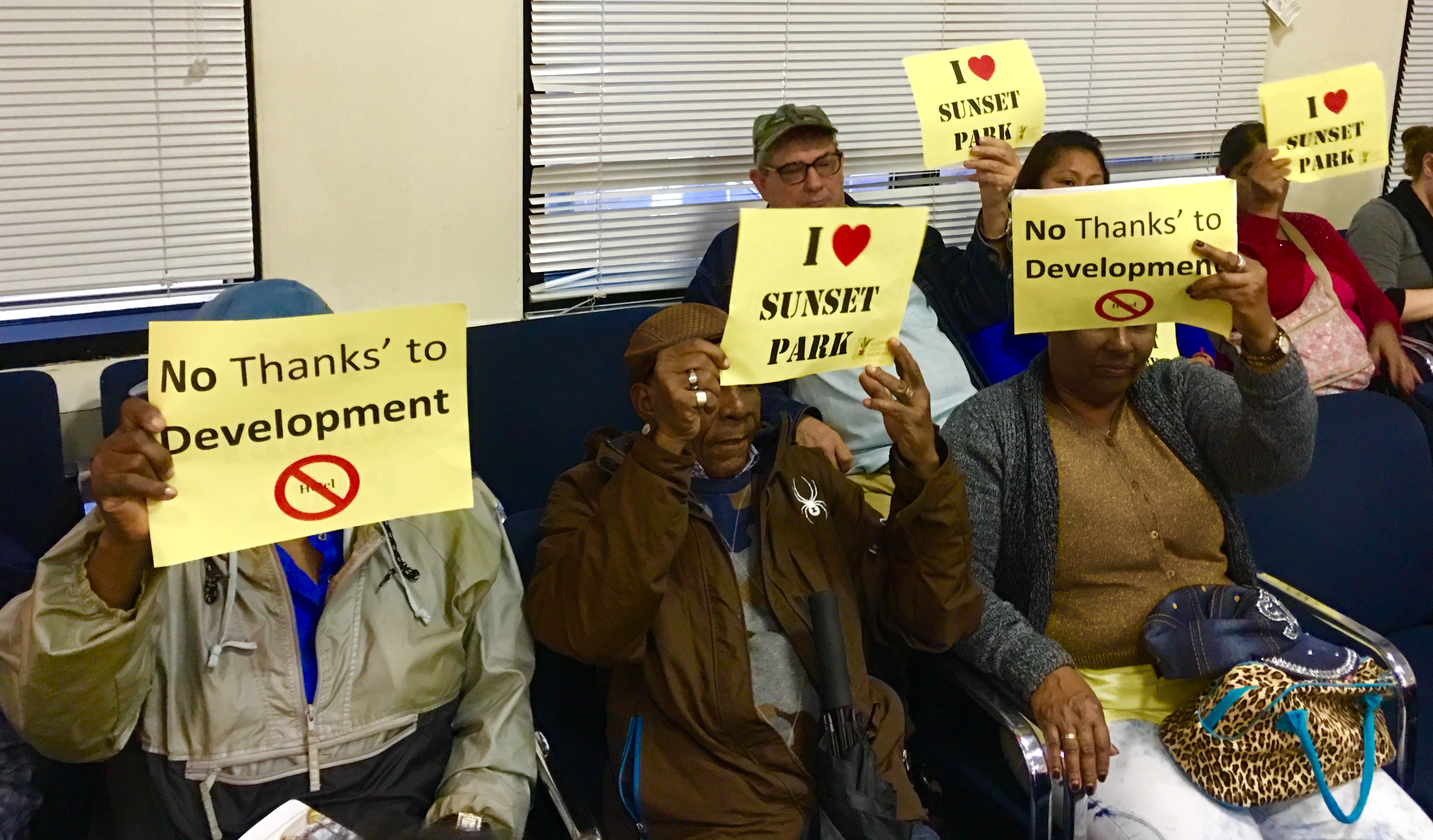Fast facts about ULURP

Few bits of bureaucratic jargon are as ubiquitous in New York City reporting as ULURP — Uniform Land Use Review Procedure. It probably seems like every time you check your Brooklyn news feed, you see another ULURP story — and that’s because it’s all about development.
Whenever a developer wants to build bigger than local zoning allows, they need to go through this process, which can take a year or more. It’s also an important channel for community feedback, so knowing how it works and how to get involved is a city dweller’s edge in supporting or opposing a project in their neighborhood.
What’s ULURP for?
The ULURP process happens when developers want to construct buildings that are taller and bulkier than city zoning allows. Before they can put shovels into the ground, they must ask the city to change the zoning for their property.

Brooklyn Boro
View MoreNew York City’s most populous borough, Brooklyn, is home to nearly 2.6 million residents. If Brooklyn were an independent city it would be the fourth largest city in the United States. While Brooklyn has become the epitome of ‘cool and hip’ in recent years, for those that were born here, raised families here and improved communities over the years, Brooklyn has never been ‘uncool’.